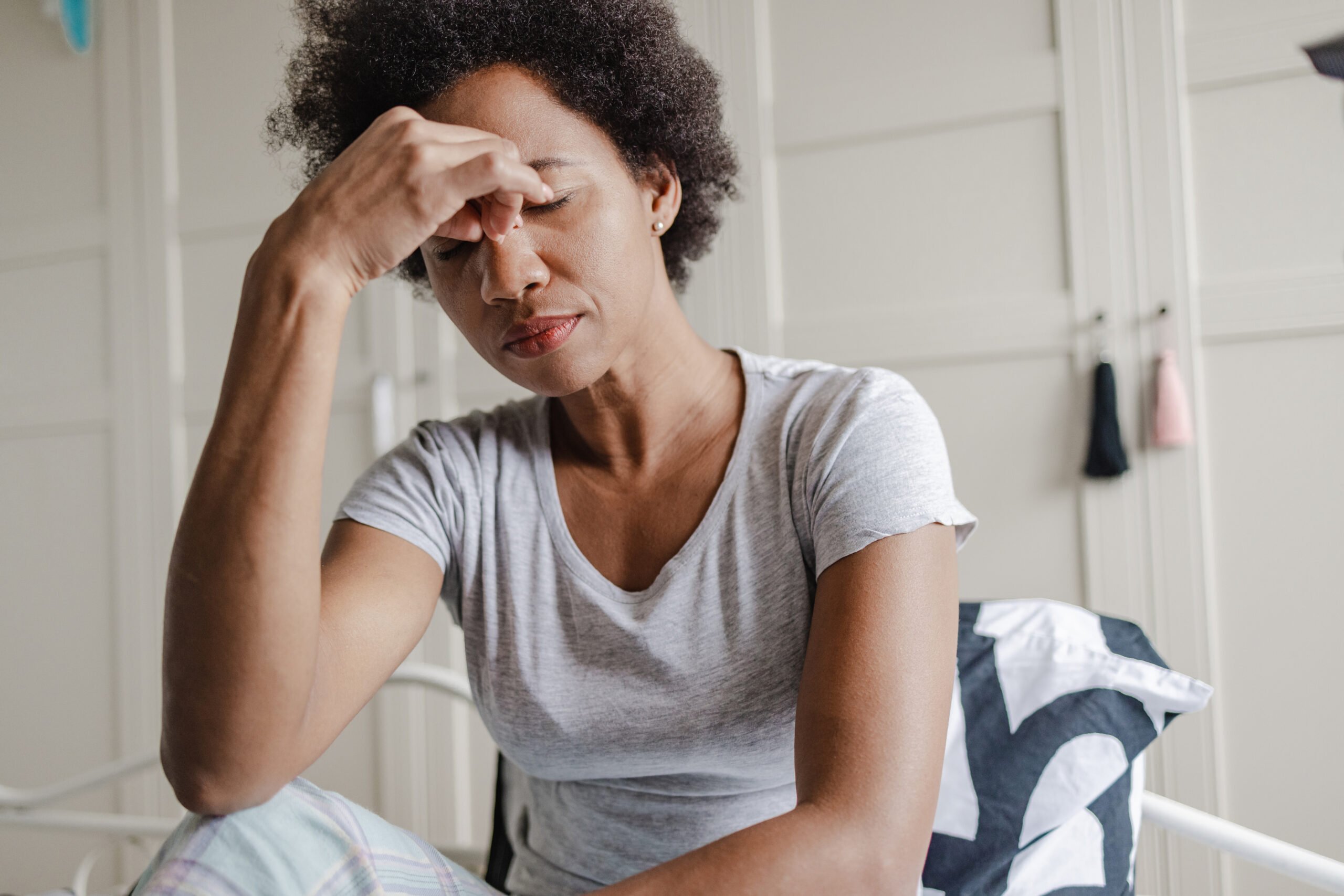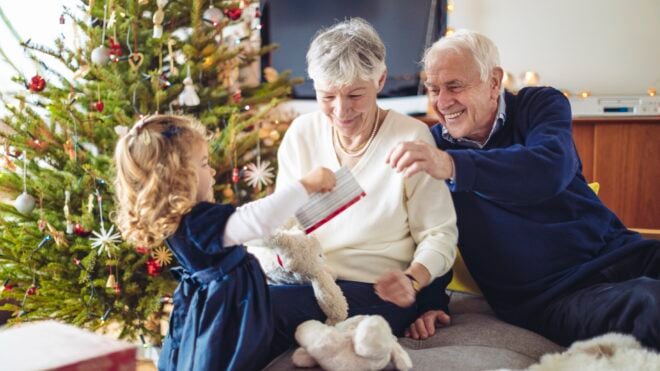
It was spring of 2019 when my daughter turned 8 and requested a Where in the World Is Carmen Sandiego? theme for her party. I had done a deep dive on kids’ snack foods from around the globe and had spent the morning preparing them, while also hanging balloons and turning our guest bedroom into an escape room. I had just finished decorating 36 made-from-scratch red velvet cupcakes before I went upstairs to take a shower and change for the party.
That’s when my daughter started projectile vomiting
My then-husband, bless his heart, didn’t know what to do, so he led the vomit-spewing 8-year-old up the beige-carpeted stairs to find me. Bad move.
After hours of scrubbing the carpeting, I ended up contracting the same horrible weeklong stomach virus my daughter had. But three weeks after I’d recovered, I had a relapse — mild nausea and stomach upset accompanied by intense exhaustion. Two weeks later, the same thing. And again, in another two weeks.
By the third month of this, the stomach upset came and went, but I was left with a constant debilitating fatigue. Not tiredness or sleepiness, but a fatigue that meant I’d often get light-headed when I stood up and would be winded after climbing the stairs.
What followed was a year of lab work, imaging tests, and doctor visits
I ended up with multiple diagnoses: IBS, fatty liver, tachycardia of the heart, dangerously low blood pressure, and, eventually, chronic fatigue syndrome.
By the time I made it to the last doctor, I came in with a binder full of lab results and symptoms. He reviewed the binder, took a deep breath, looked me in the eye for what seemed like a full minute, and then asked me if I had been under any stress in the past few years. He didn’t really need me to answer — it was obvious.
He went on to explain to me how living with low-level stress for an extended length of time had primed my body to overreact to illness. I was living in fight-or-flight mode, so when my body encountered a particularly bad virus, it triggered an autoimmune disorder. Many people are now experiencing the same exact thing with long COVID.
I think back now to the day of my daughter’s canceled birthday party
By the time I finished scrubbing the carpeted stairs, I remember feeling physically weak. In fact, I often collapsed into bed, fully depleted by the challenges of the day, during my daughter’s entire first decade of life.
I can talk a lot about the “invisible workload” and gender disparity in parenting (and, believe me, I do), but there’s something I now realize about the way I had unconsciously chosen to approach mothering. The prolonged low-level stress the doctor referred to had begun years ago. I had an extremely stressful marriage with my now-ex-husband even before my daughter was born. It was further compounded by stress in my career — I was in the middle of grad school and a mid-30s career change when I got pregnant.
But then this other job came along — the most challenging and important job I’d ever have — motherhood
I could lose myself in this job. The amount of research available to me to prepare for it was bottomless, and there was literally no end to the list of ways one could go the extra mile. If things were spiraling out of control in my marriage and my career, then this — this mothering role — was something I could succeed at, even if it killed me… literally.
Fortunately, I have a wonderfully spirited child who wasn’t going to let me feel in control of anything. And eventually, I could see that it wasn’t good for her to have a mom who couldn’t stand up without getting dizzy during the dual whammy of divorce and a global pandemic.
I’m so grateful that mommy burnout is being talked about more and more now. Since I came back from it and reversed my diagnoses, I get to start every day deciding how I’m going to take care of myself so that I can be the best mother I can be — now and for the long haul.




